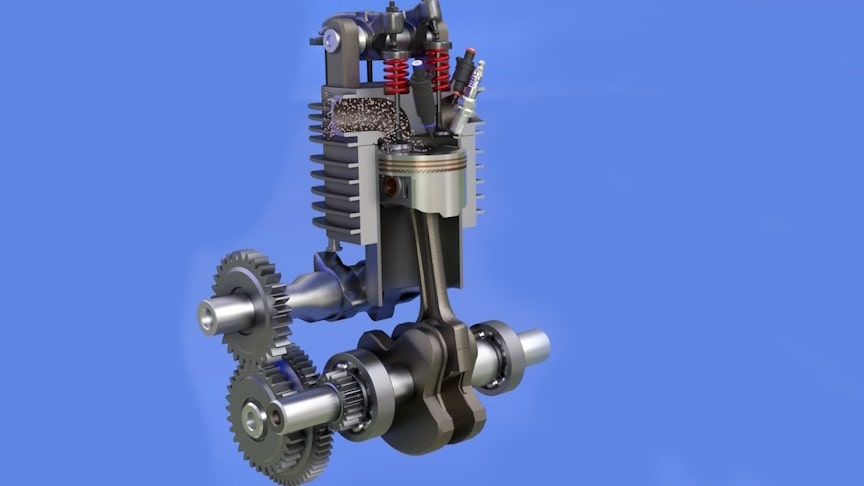The term six-stroke engine has been applied to several alternative internal combustion engine designs that attempt to improve on traditional two-stroke and four-stroke engines. Claimed advantages may include increased fuel efficiency, reduced mechanical complexity, and/or reduced emissions.
source.image: Ft-share International
These engines can be divided into two groups based on the number of pistons that contribute to the six strokes. Water-injected six-stroke engine is based on conventional four-stroke engines, producing additional power by injecting water into the hot combustion products during the expansion stroke, thereby increasing the overall engine efficiency.
In the single-piston designs, the engine captures the heat lost from the four-stroke Otto cycle or Diesel cycle and uses it to drive an additional power and exhaust stroke of the piston in the same cylinder in an attempt to improve fuel efficiency and assist with engine cooling. The pistons in this type of six-stroke engine go up and down three times for each injection of fuel. These designs use either steam or air as the working fluid for the additional power stroke.
Advertisement
A six-stroke engine combines an internal combustion engine with a steam engine to turn some of the waste heat into power. The only catch is that you have to add a water tank to your car that’s about the same size as the gas tank. The good news is that you can probably eliminate the radiator.











